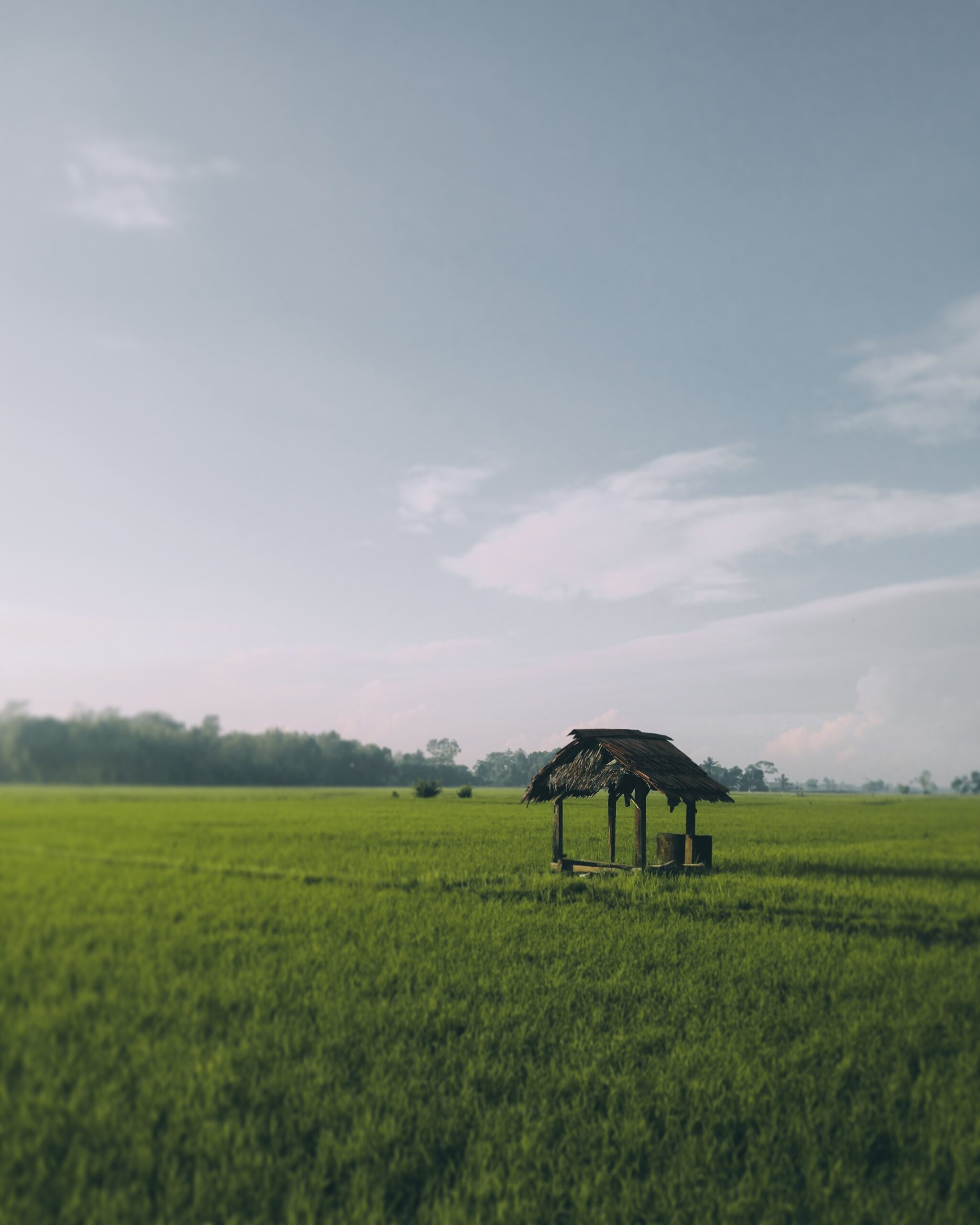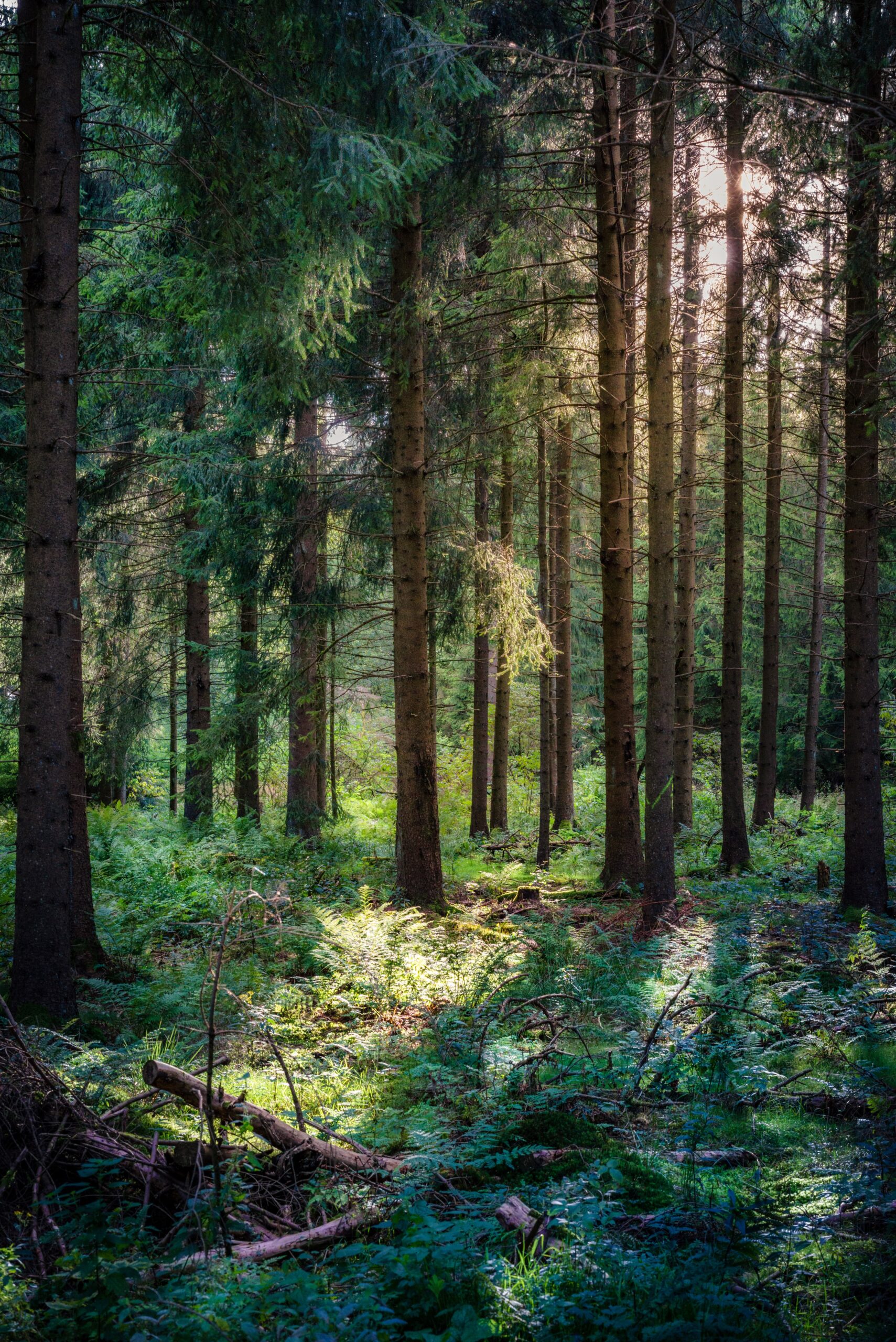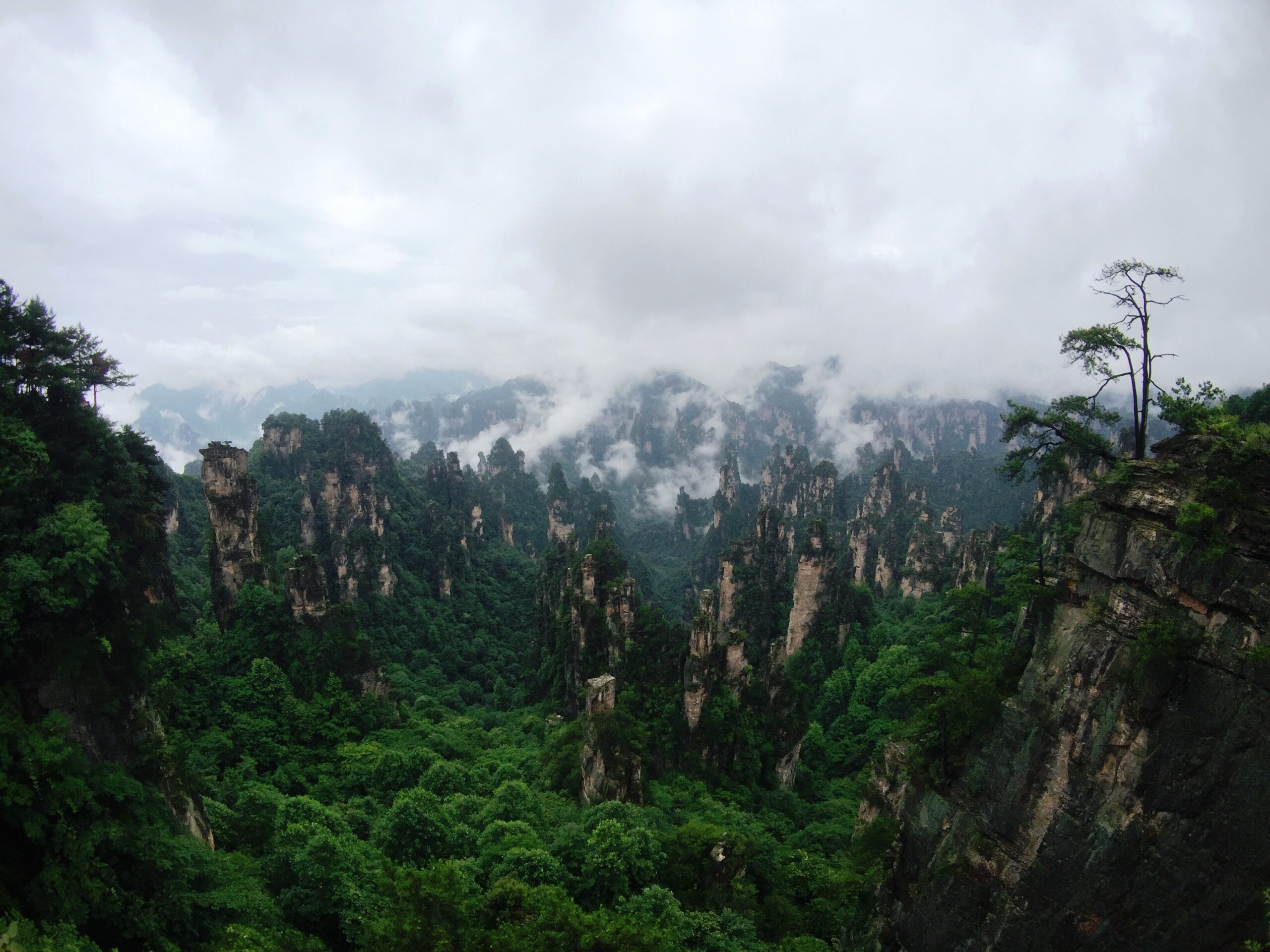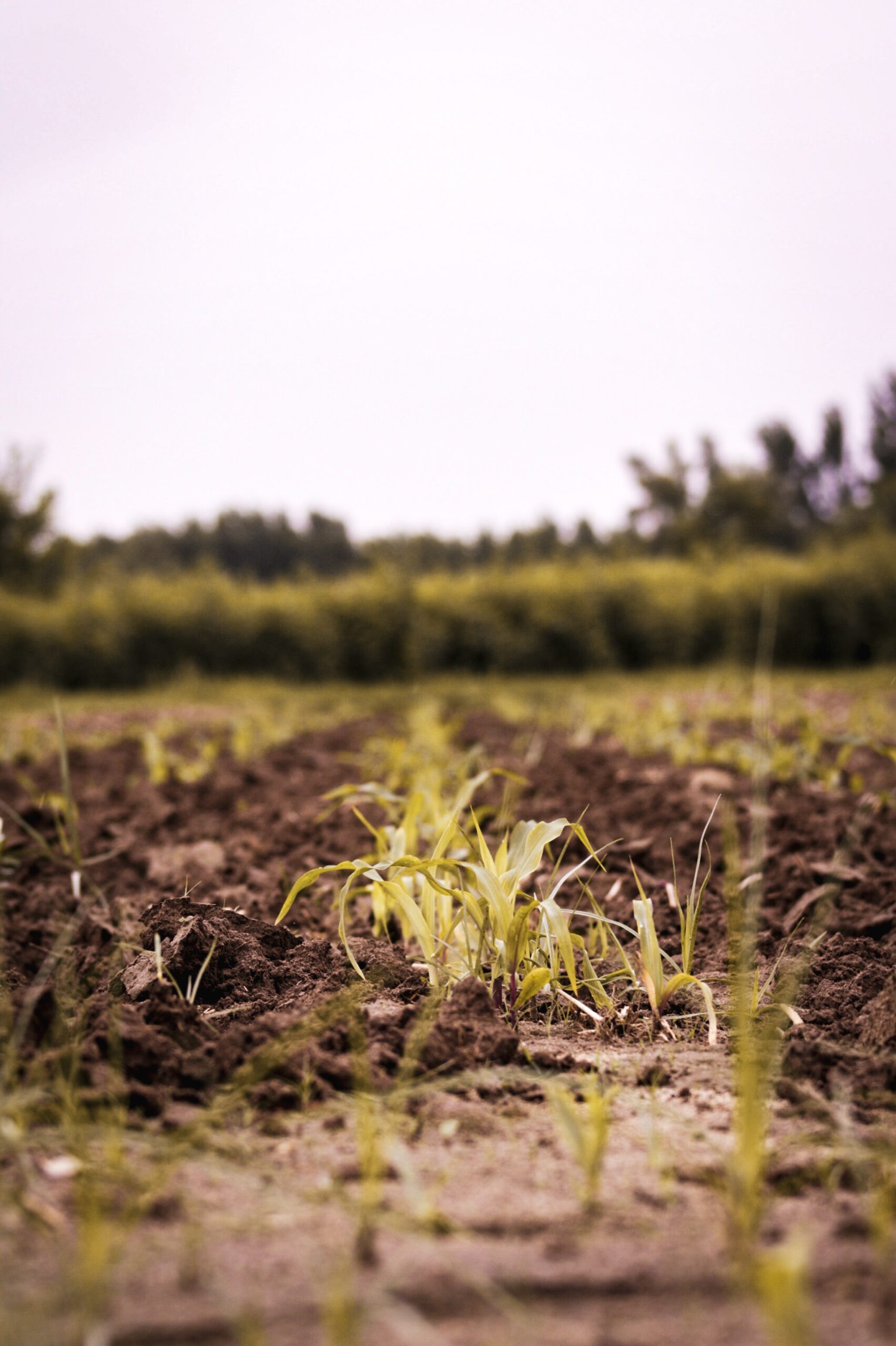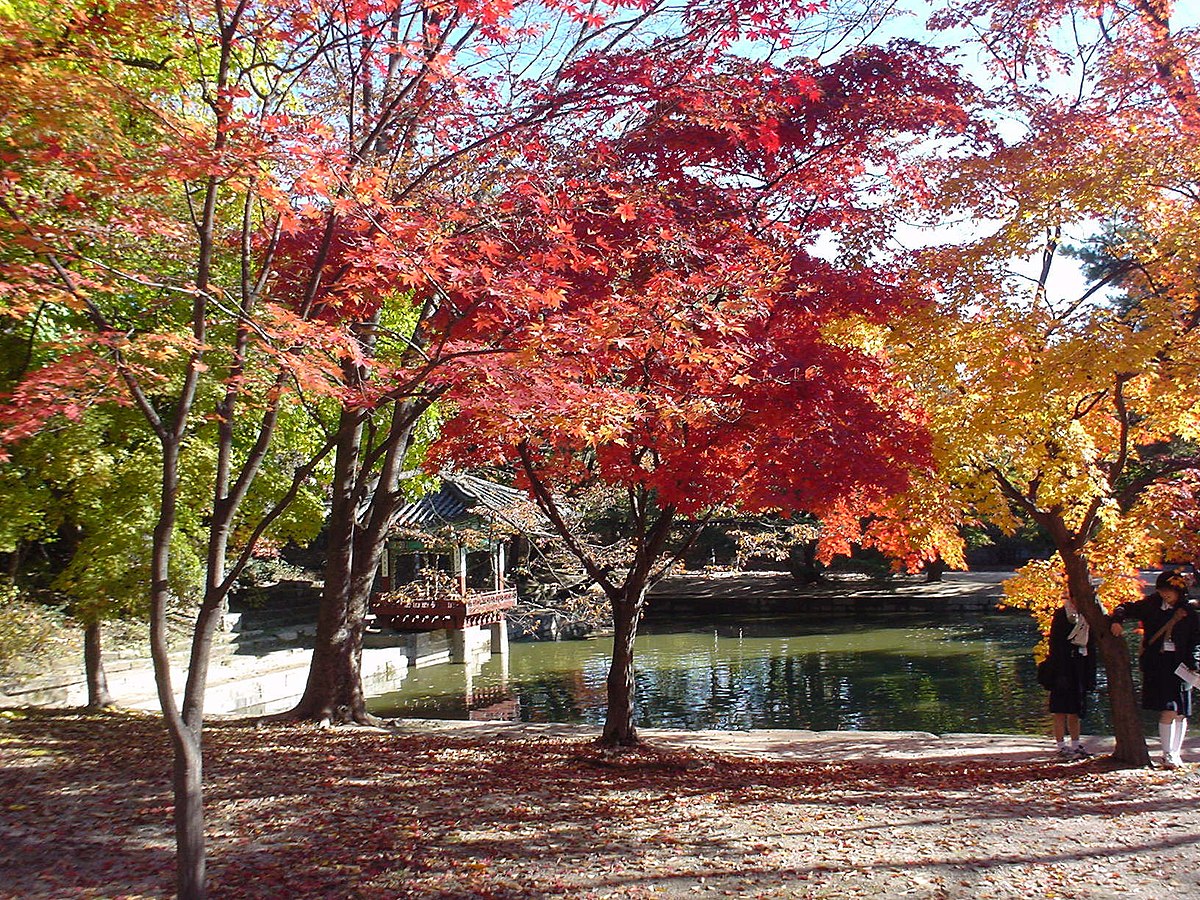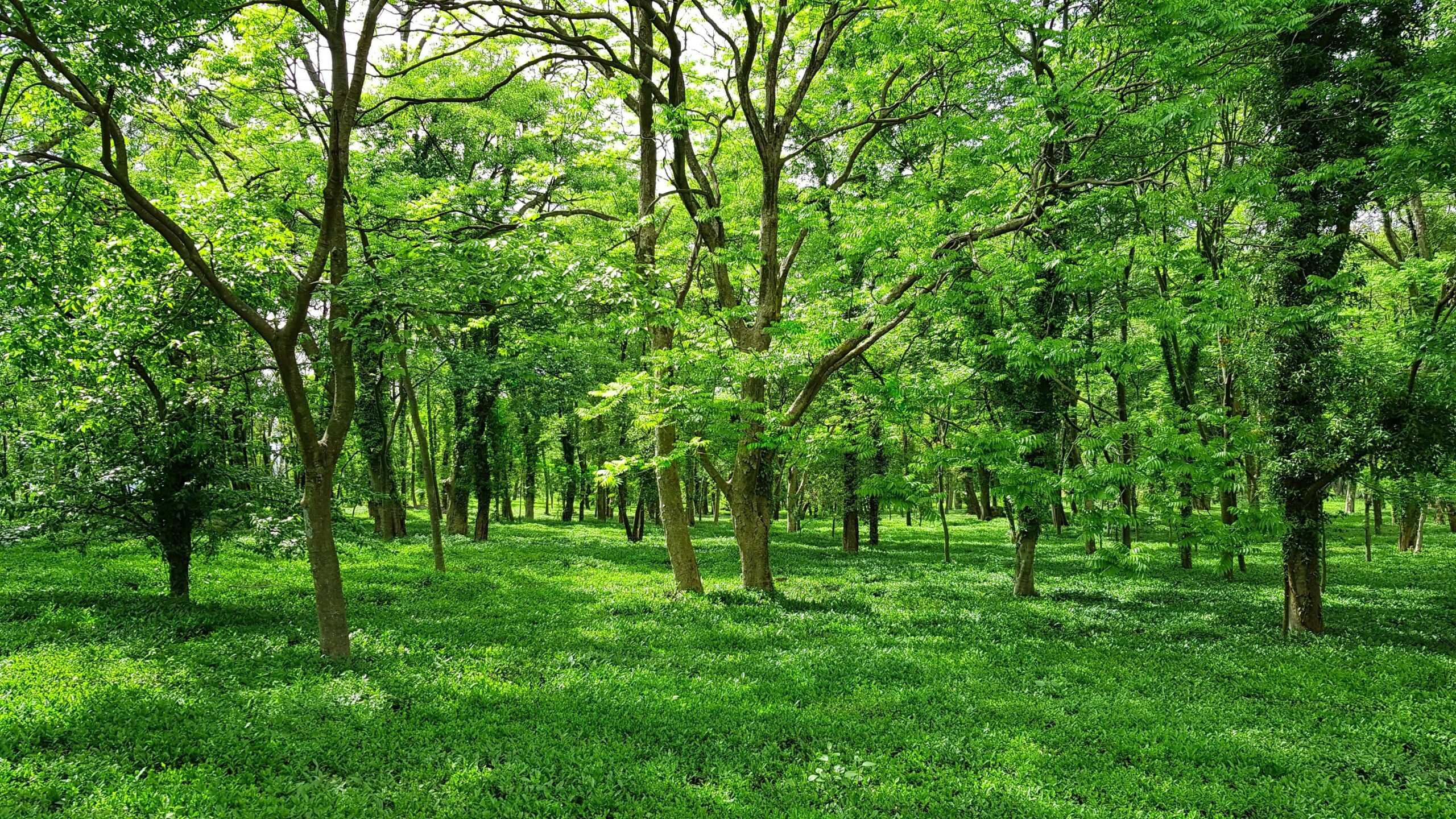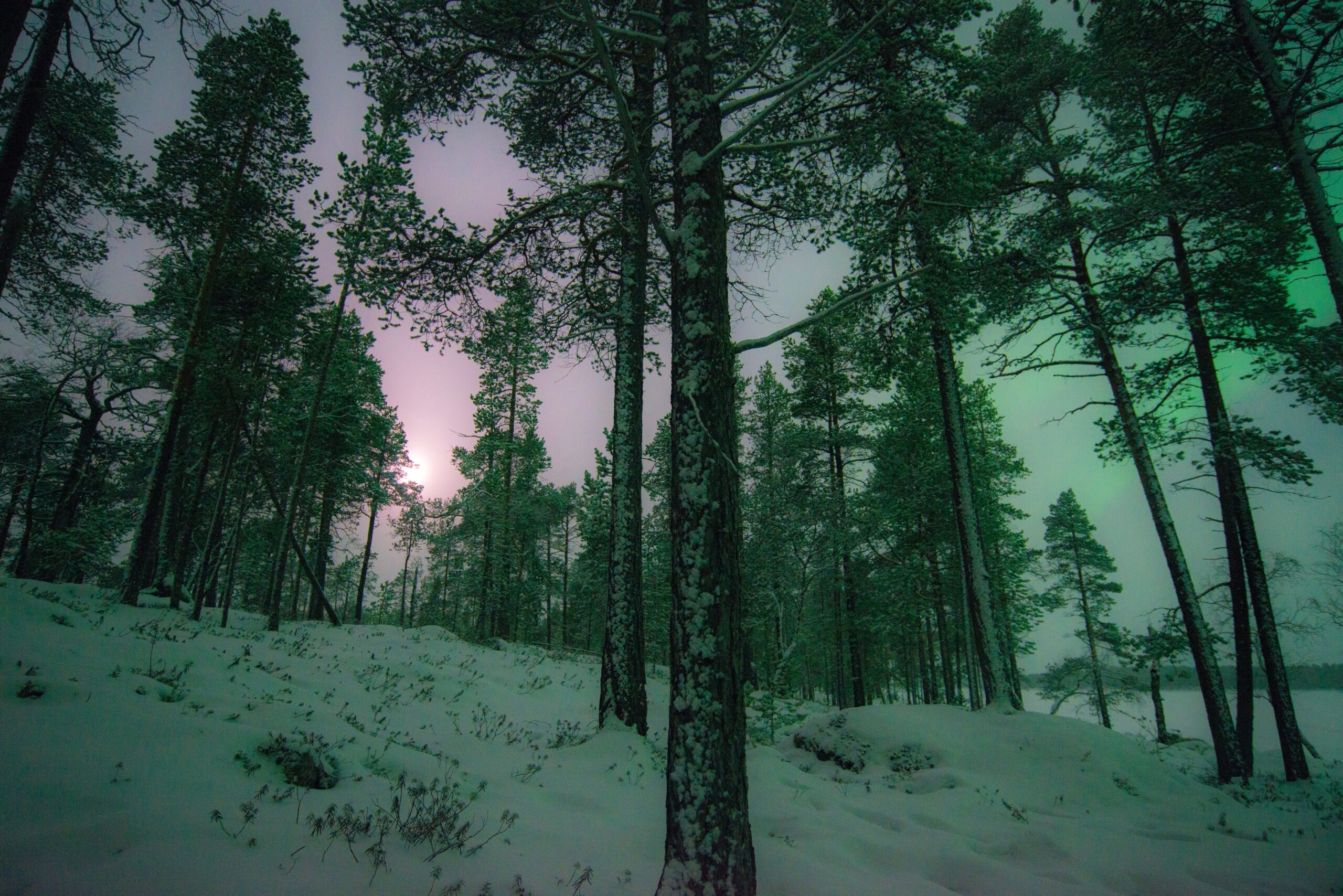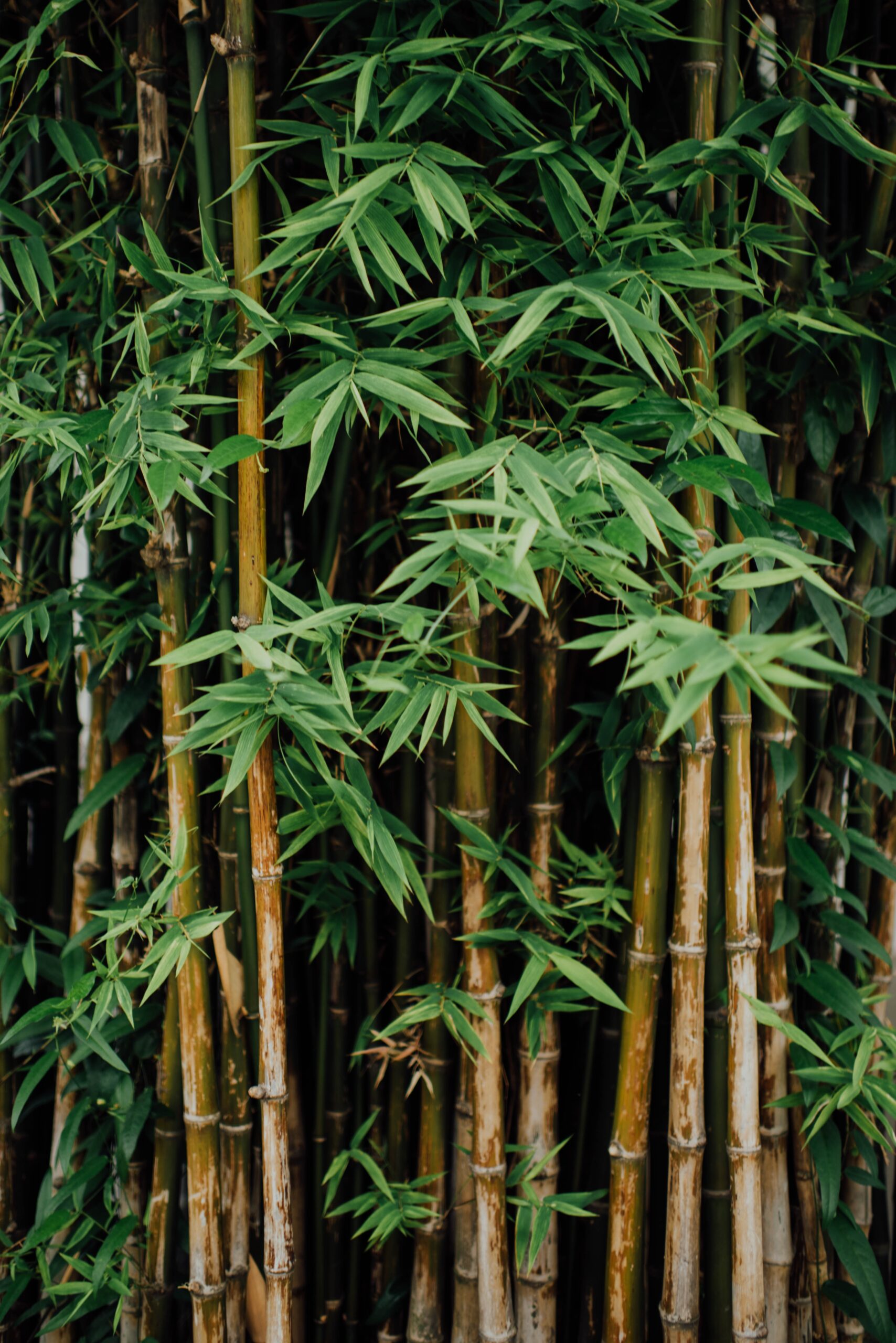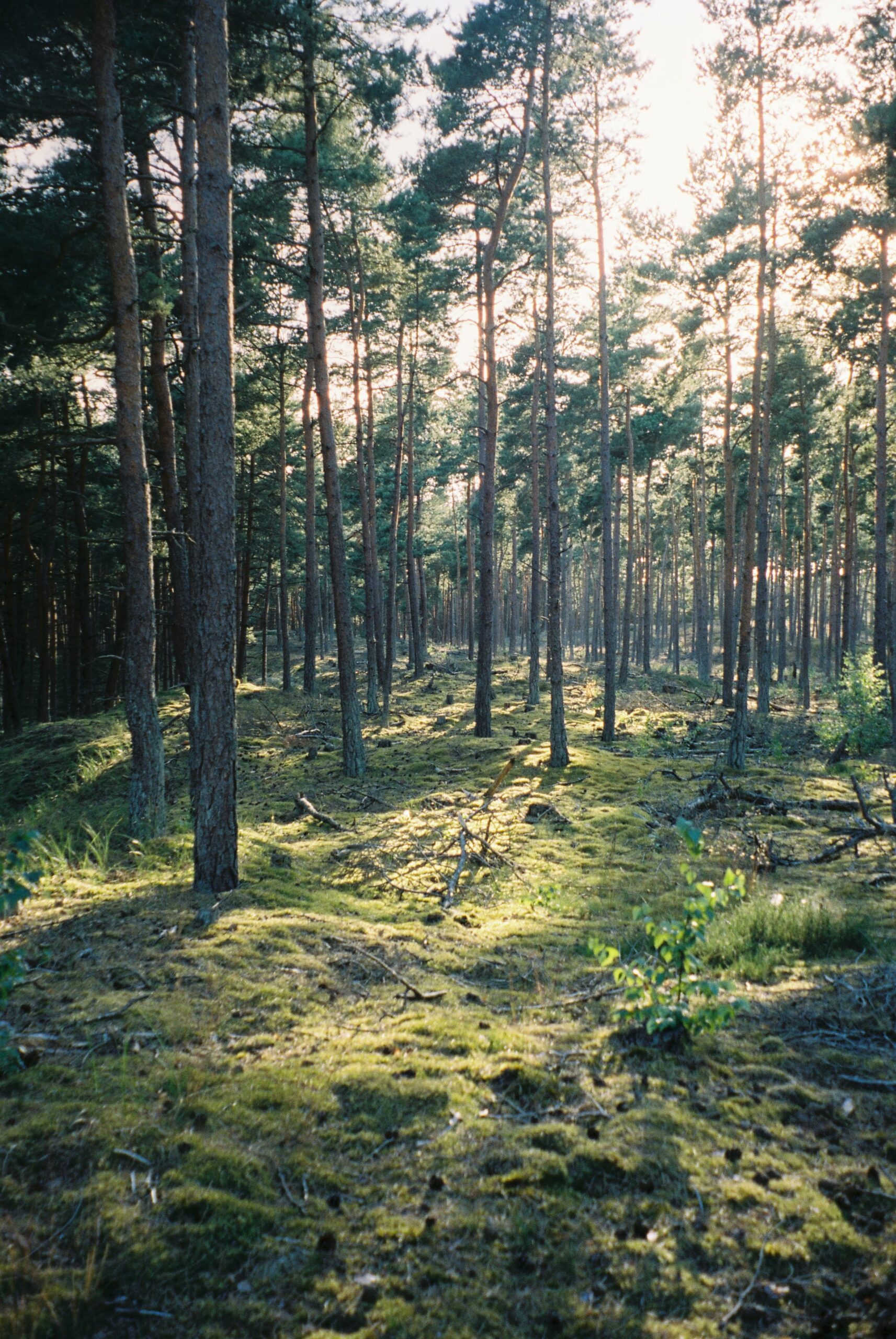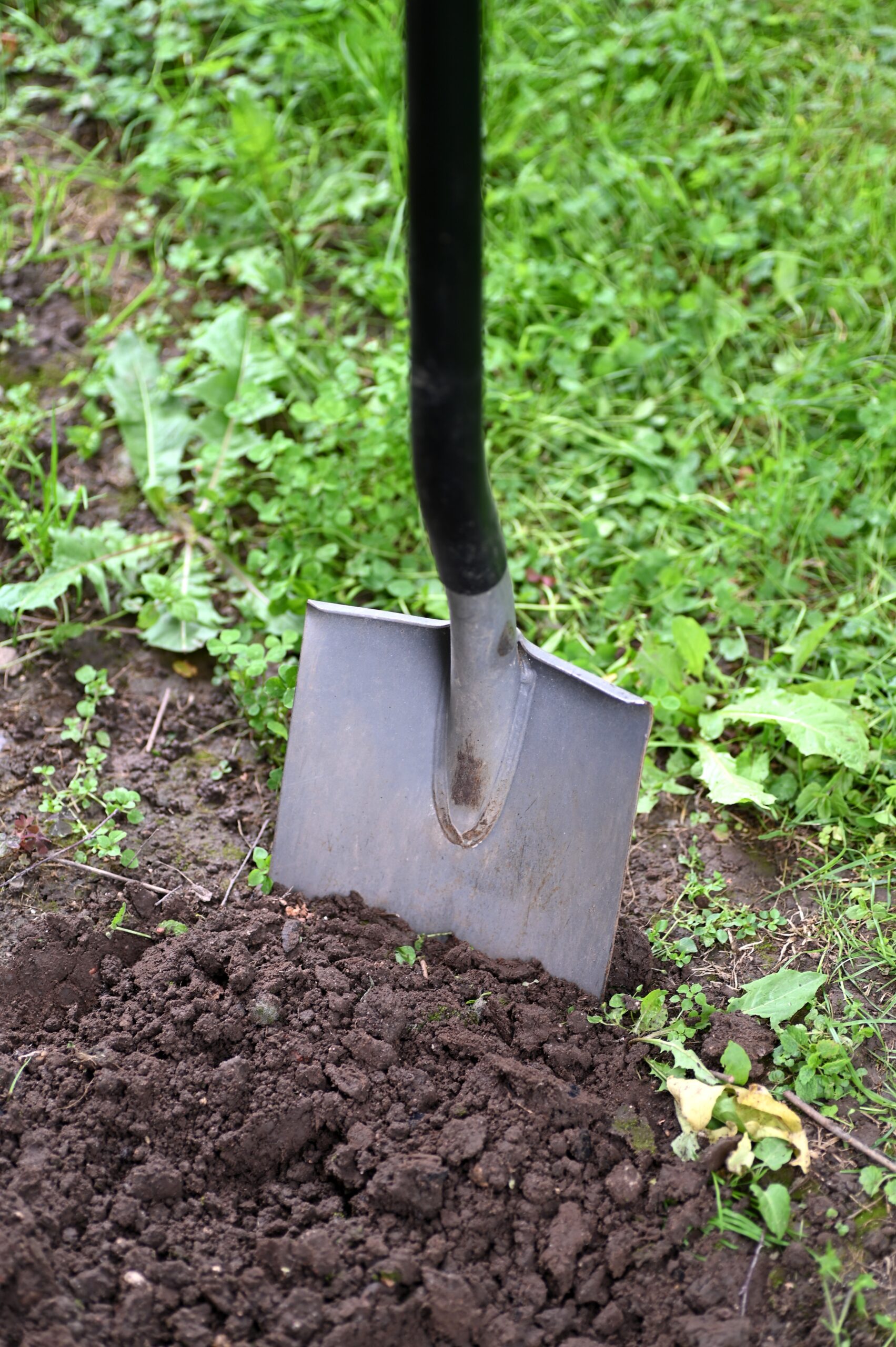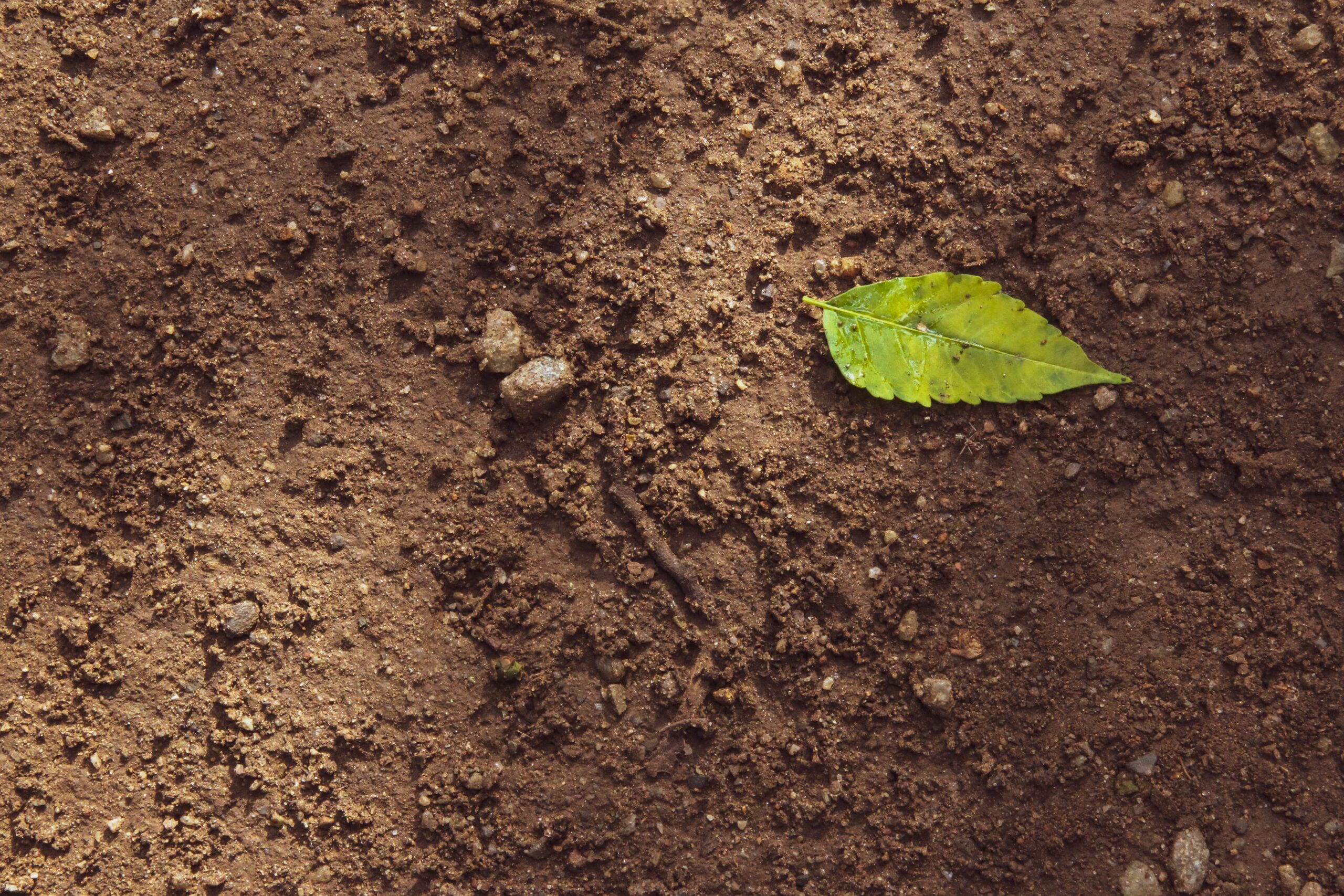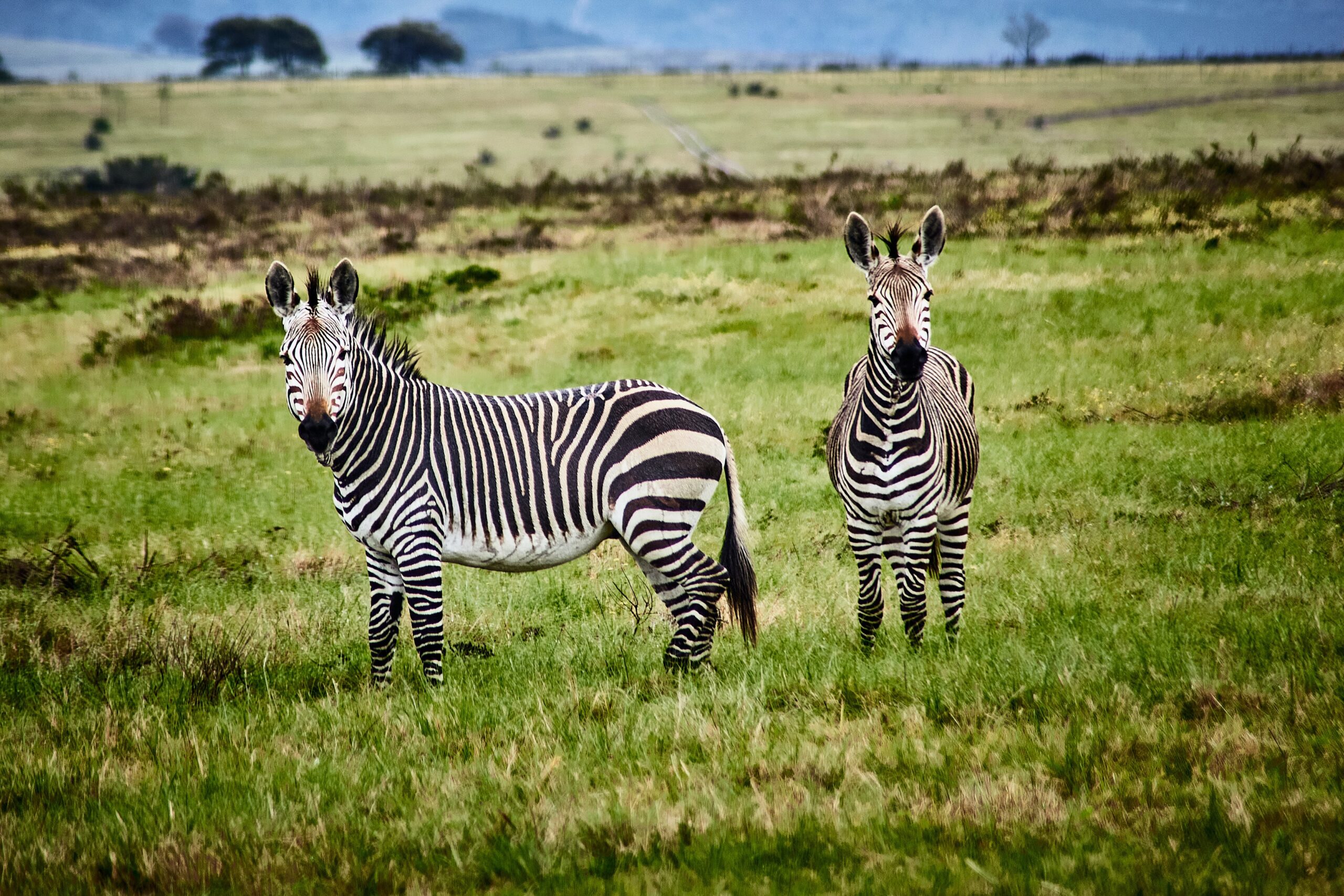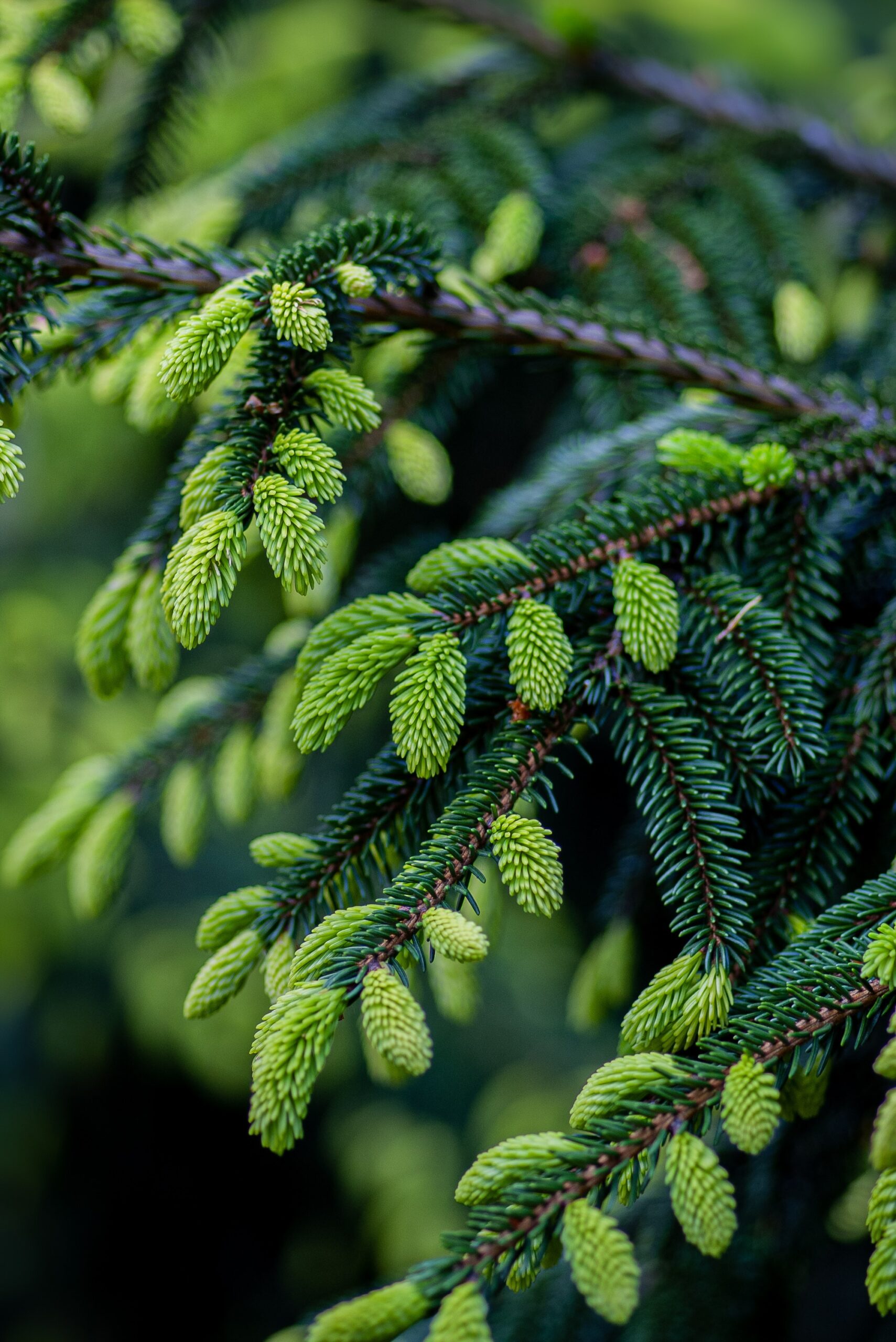- 1 Limited information exists on approaches to effectively revegetate severely disturbed, barren, subgrade (unconsolidated parent material) serpentine substrates. Additionally, little is known about the invasion potential of exotic grasses from highly invaded non-serpentine environments into adjacent, relatively uninvaded serpentine environments following restoration efforts that use substrate nutrient enrichment to accelerate revegetation. This study investigated approaches to the revegetation of subgrade serpentine substrates with native, serpentine-tolerant grass species while limiting the establishment and reproduction of invasive annual grass species.
- 2 Biomass production was measured for two native serpentine perennial grass species and both biomass and seed production (fitness) were measured for one native annual and two invasive annual grass species. All species were grown on subgrade serpentine substrate amended with garden (yard) waste compost, slow-release nitrogen (N), phosphorus (P) and potassium (K) fertilizers and CaSO42H2O (gypsum) in both glasshouse and field environments. The primary goals of this study were to: (i) determine how substrate amendment with compost changed with time and (ii) identify the substrate amended combination that maximized native grass species biomass and seed production while limiting the productivity of invasive annual grass species.
- 3 Compost amendment of the subgrade serpentine substrate greatly increased plant-available N, P, K, and calcium (Ca) levels, decreased plant-available heavy metals, and increased the cation exchange capacity. Substrate
 concentration remained low for up to 60 days following compost amendment but then increased more than six-fold in the 120 days thereafter. No other substrate properties changed substantially over a period of 180 days.
concentration remained low for up to 60 days following compost amendment but then increased more than six-fold in the 120 days thereafter. No other substrate properties changed substantially over a period of 180 days. - 4 Amendments of the serpentine substrate with 30% volume compost per volume substrate, and 220 mg each of N, P and K per kg substrate, maximized biomass and seed production of the native grass species. This amendment level, however, resulted in an undesirable increase in biomass and seed production (fitness) of invasive annual grass species, exceeding that of the native species.
- 5 Synthesis and applications. Revegetation of drastically disturbed, barren, subgrade serpentine substrates with native, serpentine-tolerant plant species can be successfully achieved with a combination of yard waste compost (organic) and slow-release (inorganic) fertilizer amendment. Enrichment of low-fertility serpentine substrates to promote native plant growth, however, may encourage invasion of undesirable plant species into the native plant community, leading to habitat degradation. Therefore, aggressive control methods may be required to prevent invasion of exotic species into the revegetation community.
Relative Performance of Native and Exotic Grass Species in Response to Amendment of Drastically Disturbed Serpentine Substrates
Year: 2006




















































































































































































































































































































































































































































































































































































































































































































































































































































































































































































































